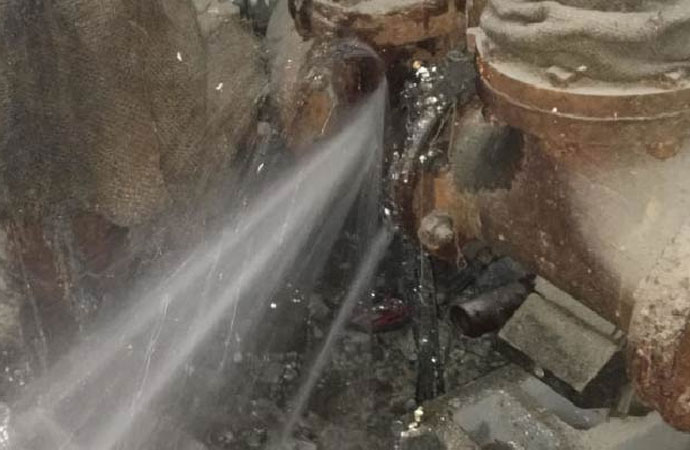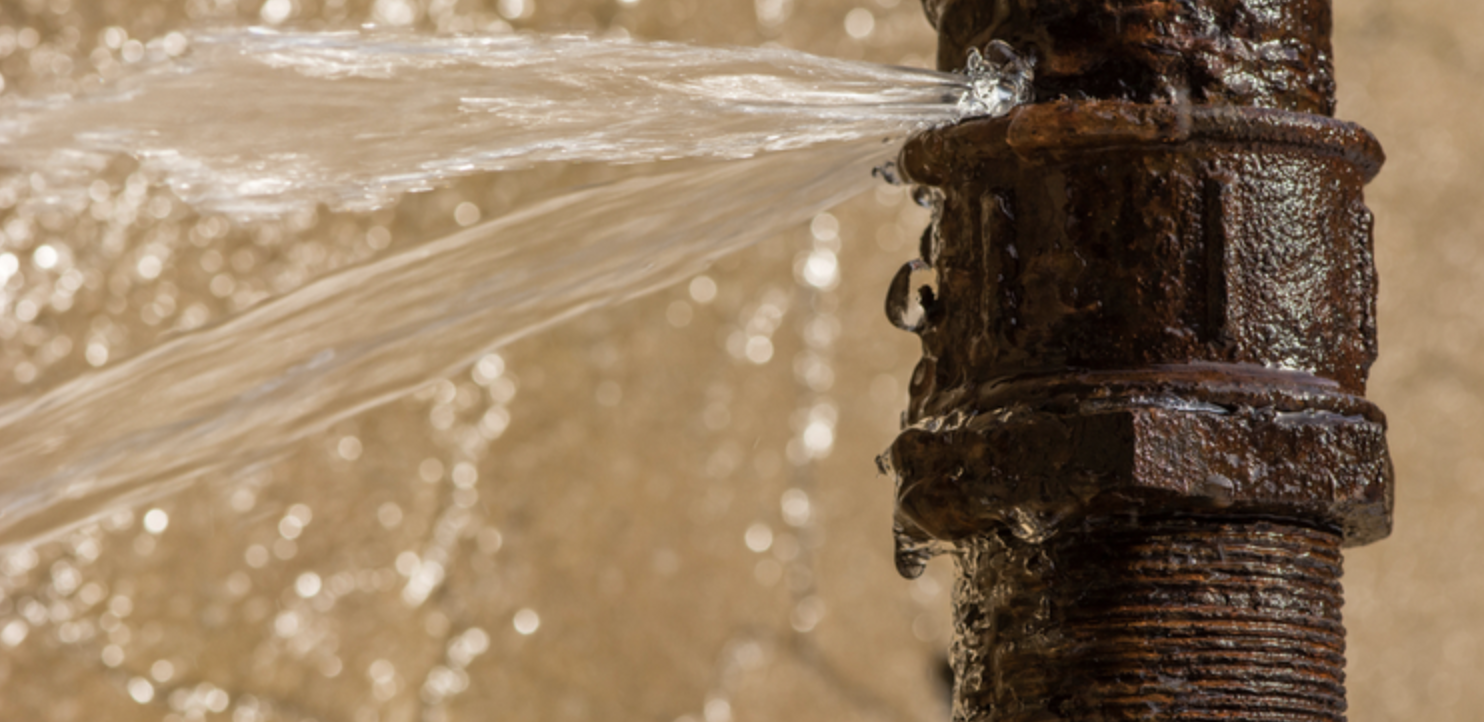The Art of Swift Response: Identifying and Fixing a Ruptured Pipe
The Art of Swift Response: Identifying and Fixing a Ruptured Pipe
Blog Article
On this page down the page you'll find additional incredibly good tips related to How to Prepare for Your Dishwasher Installation.

A burst pipe is a significant emergency; you can only stand as you view water you pay dearly to rejoin with the planet. In worse cases, you see a swimming pool on your kitchen floor, which is an excellent trip threat, particularly if you have children around. If the pipeline that burst remained in your walls, trouble: you may require to paint that entire area.
How can a catastrophe like a burst pipeline be prevented and also managed? Well, by paying attention to your professional emergency plumbing professionals as well as complying with these regulations.
How do I recognize when my pipes have ruptured?
Fluctuating water stress
Pipes do not simply burst in a day. You might have discovered that your cooking area tap or shower does not run instantly when you turn the tap. It may stop for a few seconds and afterwards blast you with more pressure than usual.
In other circumstances, the water may seem typical in the beginning, then drop in pressure after a couple of secs.
Wet walls as well as water discolorations
Prior to a pipe bursts, it will leakage, the majority of times. If this relentless leaking goes unnoticed, the leak might finish right into a wide gouge in your pipe. One simple means to prevent this emergency is to look out for wet walls ad water spots. These water spots will certainly lead you right to the leakage.
Puddles under pipelines and sinks
When a pipe bursts, the outflow forms a puddle. It might show up that the pool is expanding in dimension, and also despite how many times you mop the puddle, in a few minutes, there's one more one waiting to be cleansed. Frequently, you may not have the ability to trace the pool to any type of visible pipelines. This is an indication to call an expert plumber.
Untraceable dripping sounds
Pipeline bursts can occur in the most unpleasant places, like within concrete, inside wall surfaces, or under sinks. When your house goes quiet, you may be able to hear an aggravatingly consistent leaking noise. Also after you have actually inspected your shower head as well as kitchen area faucet, the leaking might proceed.
Precious viewers, the trickling might be originating from a pipeline inside your wall surfaces. There isn't much you can do regarding that, other than inform an expert plumber.
Turn off the Water
When water ices up, it increases in volume by regarding 9 percent. As well as it increases with tremendous force: The stress inside pipelines might go from 40 pounds per square inch to 40,000 psi! No pipe can hold that much pressure, so it bursts. The break may take place where the ice forms, but regularly, it occurs where water stress discovers a vulnerable point in the pipeline. That might be inches or even feet from the icy location. Locate the water shutoff valve as well as switch off the water to avoid even more damage. You may also need to turn off the electricity also, relying on where the leaks takes place as well as how huge it is.
Contaminated water
Lots of people assume a ruptured pipe is a one-way outlet. Rather the contrary. As water flows out of the hole or wound in your plumbing system, pollutants find their method.
Your water may be infected from the resource, so if you can, check if your water container has any troubles. Nevertheless, if your drinking water is provided and detoxified by the city government, you need to call your plumber right away if you see or scent anything funny in your water.
What do I do when I detect a burst pipeline?
Your water meter will remain to run even while your water wastes. To reduce your losses, find the primary controls and transform the supply off. The water mains are an above-ground structure beside your home.
How to Fix & Detect a Leaking Pipe
How Do I Know if a Pipe is Leaking?
Leak detection tests can help you determine if your pipe has a leak. Even if you don’t see an apparent leak, you should still conduct leak detection tests regularly to save water and money—and prevent major damage to your home.
Water meter. It can be helpful to figure out what your usual water meter usage numbers are and then monitor them regularly. To monitor your meter, first, turn off all water faucets in your home. Check the meter and write down the numbers. In a few hours, check the meter again. If the numbers have changed, you have a leak. Water gauge. Use a water gauge to test your water pressure. Your showerhead should produce a certain amount of water pressure based on its model and design. If the pressure is lower than it is supposed to be for that specific showerhead, your home likely has a leak. Puddles. Look inside your bathroom, laundry, and kitchen sink cabinets. Puddles around the cabinets or around toilets, tubs, showers, and washing machines indicate the presence of a leaking pipe. You may also notice loose tiles, peeling or flaking paint, or mold caused by water accumulation. Napkin test. Even if you don’t see any puddles, you may still have a leak. You can test for water leaks in the bathroom, laundry, and kitchen by wiping below-sink connections with a napkin, paper towel, or piece of toilet paper. If it becomes damp, you probably have a leaking pipe under the sink. Discolored walls. Walls that are discolored—usually with brown or yellow stains—or bulging might mean that they have been impacted by water damage caused by a leaking pipe. Smell. A leaky pipe will create sitting water, and over time, that water may develop a musty smell. If your home smells musty, but you can’t locate the source, it may be due to a leak. Steps for Fixing a Leaking Pipe
A leaky drain can be remedied by tightening the pipe base, replacing the drain seal, caulking the rim, and tightening the pipe nut. Similarly, a leaking toilet pipe can be treated by tightening the packing nut. You may also need to replace the valve. A leaky faucet may just need tightening or replacement of the washers. If that doesn’t work, consider replacing your faucet. If your pipe has a hole in it, you may want to use a pipe leak sealer or pipe leak tape. This quick fix for water pipe leaks can also temporarily fix a copper pipe leak. https://www.ahs.com/home-matters/quick-tips/how-to-tell-if-pipes-are-leaking/

Do you really like more info about How to Prepare for Your Dishwasher Installation? Try to leave a remark directly below. We'd be pleased to find out your feelings about this blog posting. Hoping that you come back again in the near future. Are you aware of another individual who is fascinated by the subject? Be sure share it. Thank you so much for taking the time to read it.
Click
Report this page